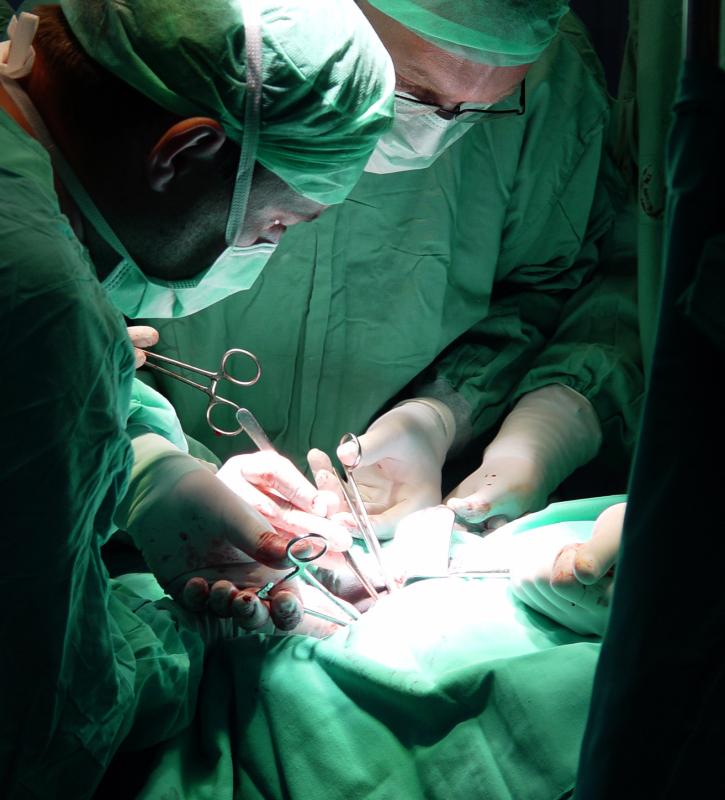
Allograft reconstruction with supplementary vascularized fibula graft (VFG) inlay is better than allografts alone for osseous reconstruction in lower extremity bone cancer, reports a recent meta-analysis.
Drawing from the databases of PubMed, Embase, and Web of Science, the researchers included 25 eligible articles, corresponding to 359 patients who received allografts alone, and 310 who underwent the allograft/VGF reconstruction. Surgeries were performed secondary to an oncological bone defect. Outcomes included nonunion, infection, fractures, explantation, and functional limb status.
The rate of nonunion was significantly higher in patients who received allografts alone than in those who were also given VFG supplementation. The resulting weighted random effect rates were 21.4 percent and 13 percent, respectively (p<0.001). Fractures (19.1 percent vs 19.6 percent; p=0.70) and infections (9 percent vs 7.9 percent; p=0.82) occurred with comparable frequency between groups.
However, when taken together, the allograft-alone group showed a significantly higher overall complication rate (50.6 percent vs 41.3 percent; p<0.001).
In addition, explantation rate was significantly lower in the allograft/VFG group than in those who underwent reconstruction with allografts alone (6.57 percent vs 18.11 percent; p<0.001). Reasons for removal included fractures, extended time of malunion or nonunion, the need for revisions, and recurrence of tumours.
Functional outcomes, most commonly assessed using the Musculoskeletal Tumour Society rating scale, were comparable between groups, and not enough studies reported on limb status to make meta-analysis possible.